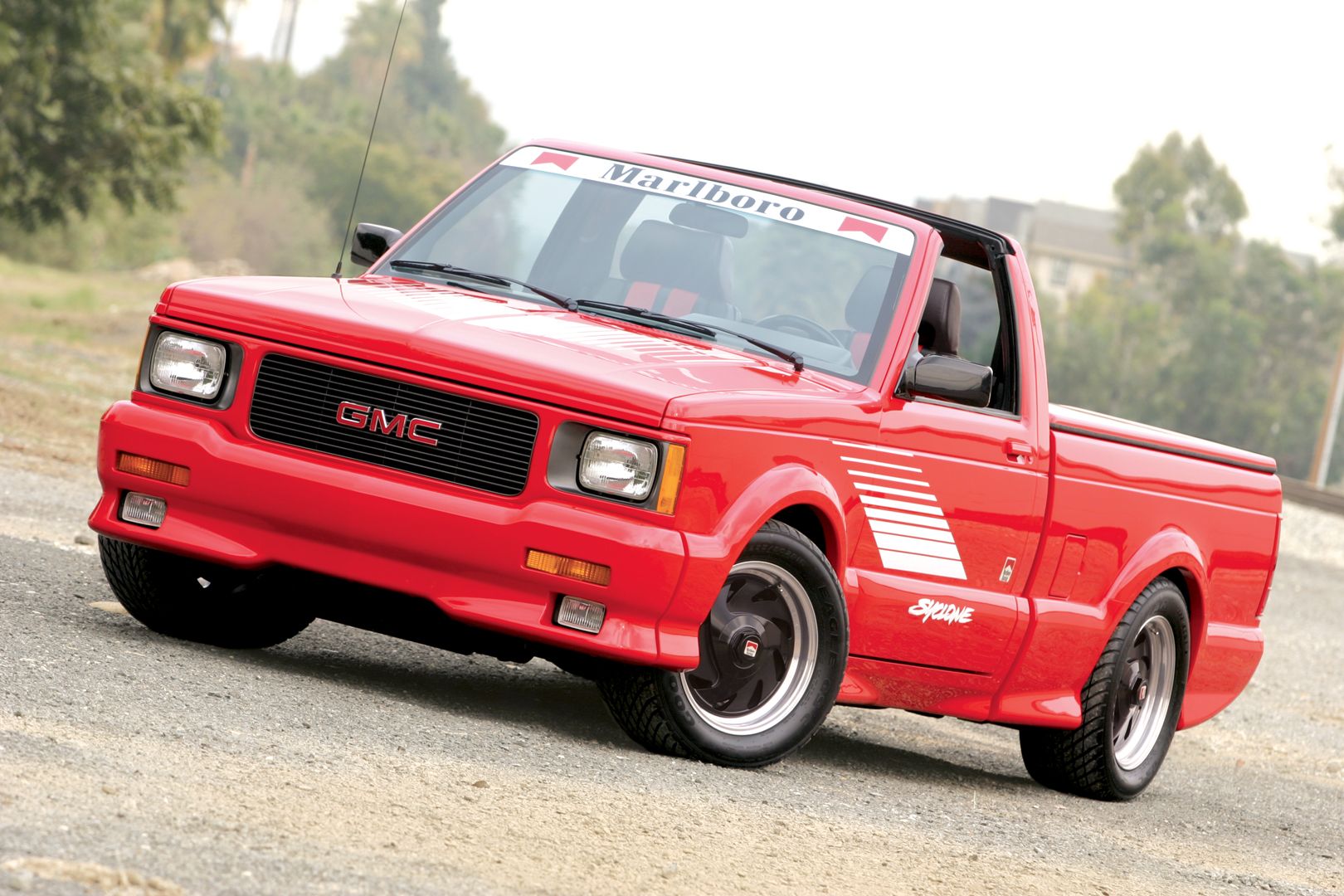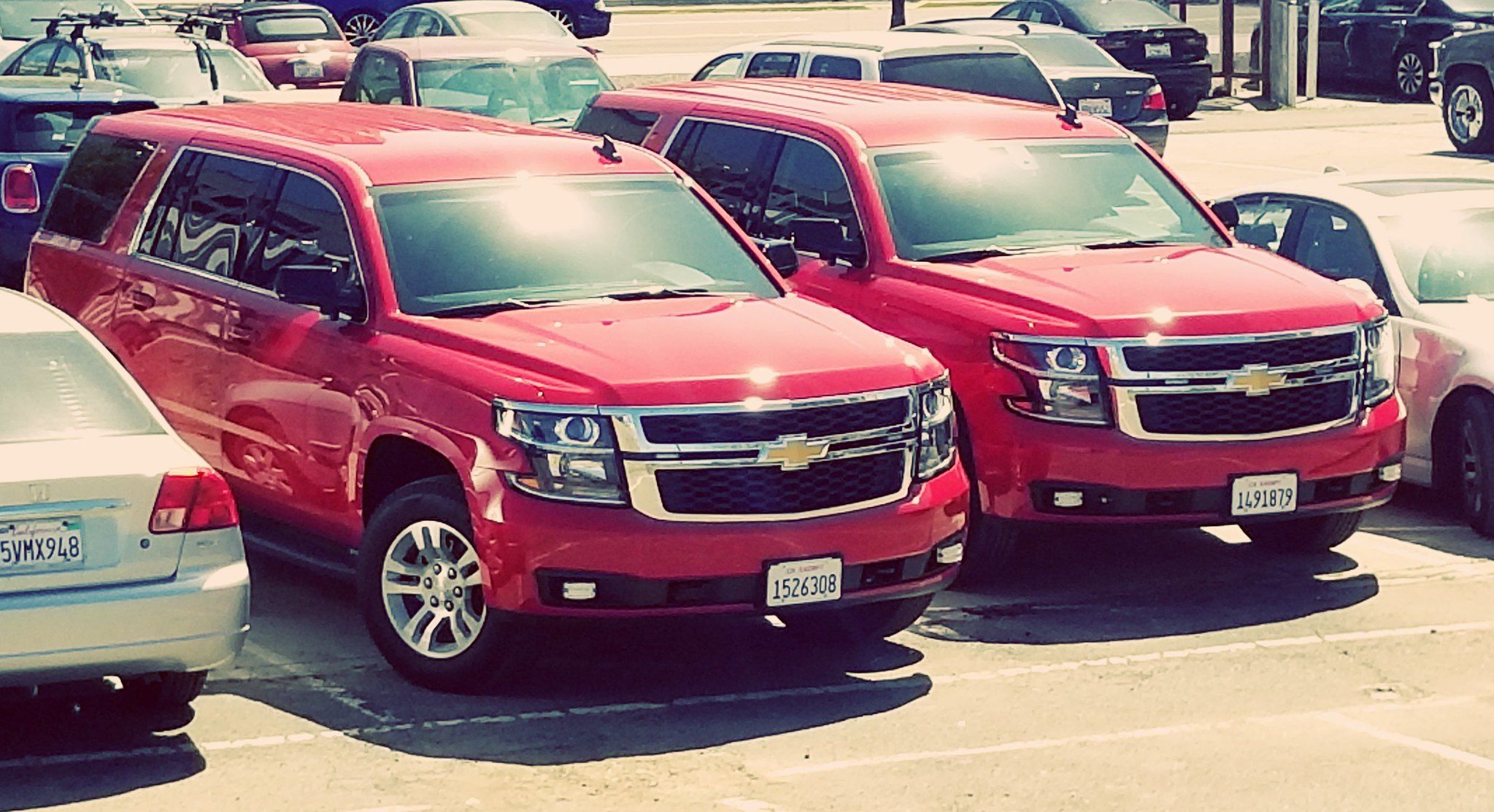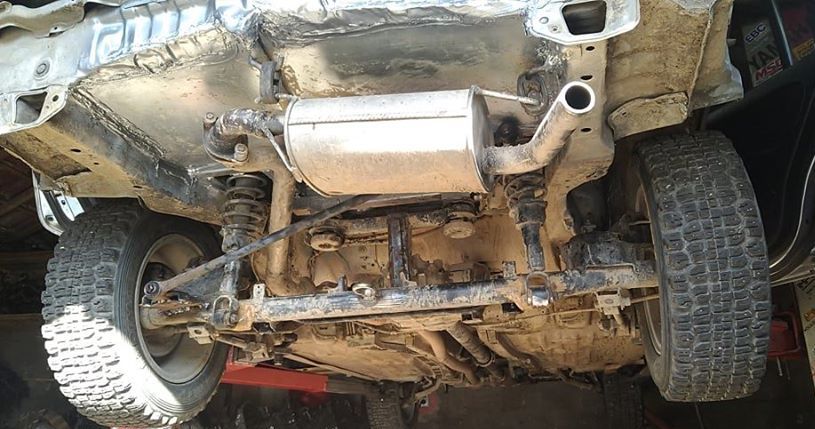As far as handling, traction, and performance go, all-wheel-drive is superior to 2-Wheel drive in all of the above. However, the latter is easier on your wallet.
How fast do you want to go? How much do you want to get there? Do you need to drive in slippery conditions? These are the questions determining whether to opt for AWD.
9 Which Is For You?
The whole argument for AWD vs. 2 wheel drive comes down to cost, complexity, and maintenance. You can prove this to yourself when you go vehicle shopping and you notice that many vehicles are available in both configurations, with the all-wheel-drive version costing significantly more. Like so many things in life, there is a trade-off in what you get for what you spend. Many buyers do not need the highest level of traction and performance for their personal driving requirements. However, buyers who feel the extra money is worth it, opt for the extra traction and performance that splitting the power 4 ways gives them.
8 Long Term Concerns
However initial cost differential isn't the only difference between the two. Be it front-wheel drive or rear-wheel drive, the non-AWD vehicle will be less costly to maintain over the life of the car (or truck) simply because there are fewer parts to wear or break. Even that isn't the whole story, however. The AWD has periodic shaft balancing requirements that differ model to model, but generally, if the vehicle is not periodically maintained, over time there will be uncomfortable harmonics and vibration that occur at various road speeds, making the car, truck, or SUV miserable to drive.
7 Options Galore
AWD variants of vehicles almost always do not exist without computer control of some aspect of the powertrain. That is why very few if any versions of a car with it existed before the latter portion of the 1980s when computers were integrated into road vehicles. Prior to that era, there was a 4-wheel drive and 2 wheel drive. Full-time 4-wheel drive is not the same as AWD, because full-time 4-wheel drive cannot alter how much power is put to each wheel, other than slippage and locking up differentials.
6 AWD vs 4 Wheel Drive
Most light trucks prior to AWD that had 4-wheel drive, had part-time 4-wheel drive and often had a 4-wheel drive low-range for off-road driving. Almost all AWD vehicles do not have these features. This set-up was popular because of the additional wear on driveline components and tires incurred when a vehicle has 4 wheels turning with the same power on all 4 wheels.
5 What Makes AWD Useful For Me?
All-Wheel-Drive has the ability to modulate which wheel gets how much power to some degree. Some systems do it through mechanical means, others do it directly through computer alteration of torque output through the driveline. Most, if all AWD systems do not have either a part-time mode or a 4-wheel low range. Like 4-wheel drive, AWD also loses some fuel economy to 2-wheel drive variants of the same model vehicle. However, with models built in the last 30 years, the drop in fuel economy is not so much as to be unreasonable in the trade-off that occurs, when opting for the extra performance and traction given by a good AWD system.
4 Performance
For competitive use, AWD usually outperforms either front or rear 2-wheel drive versions of a vehicle with the same power to weight ratio. There have been special-purpose modified vehicles, usually with large tires on the drive axle in 2 wheel drive configuration that out-performed AWD variants, but they were not at all suited for commuting on public roads. For practical purposes, we'll go with the notion that more grip=more dollars spent over the life of the vehicle=more performance=more headaches. It all comes down to what a person is willing to live with.
3 Popularity And Usage
Mitsubishi could be considered the first car company to significantly lower the premium for AWD vehicles when they offered the Eagle Talon/Mitsubishi Eclipse and Mitsubishi 3000 as reliable cars in both 2 wheel drive and 4 wheel drive versions.
Prior to that, car companies including Mitsubishi either charged a lot for the additional traction or the higher level AWD wasn't reliable, and there were quite a few cases of both. That is also why some vehicles such as the GMC Syclone and Typhoon were premium models and instant classics the first day they were sold. Subaru has offered 4-wheel drive and AWD models for over 45 years, but that is why they generally were more expensive and didn't last as long as their competition. Mitsubishi had to quietly withdraw from offering value-packed AWD performance cars and go back to the premium pricing scheme such as the Lancer EVO series.
2 Smoking Those Tires Vs. Getting There Quickly
Tire wear on an AWD model that is not abused by its owner, and is well maintained will generally be more even on the car than the same vehicle in 2-wheel drive configuration. In theory, having more even wear would mean the tires would last longer on the AWD version.
That can be debated back and forth, as to how practical that axiom holds true so long as the vehicle operator isn't too aggressive with spinning the tires. AWD models, even under fast acceleration, seldom have tire spinning/rubber burning problems unless the vehicle has been highly-modified for increased power. 2-wheel drive models overpower the traction available much more easily and thus spin the tires causing rapid wear and smoking. For the majority of motorists with good, safe driving habits, burning rubber isn't an issue.
1 Use In Dangerous Conditions
The most common benefit from AWD is the ability to drive in inclement weather such as snow, rain or ice. There is also a higher level of safe driving on slippery road surfaces such as leaves, gravel or mud. That is why AWD configuration is available on utilitarian minivans as well as high-end exotic performance cars. It all comes down to what someone is will to pay for and live with. There is one caveat that way too many owners of 4-wheel/AWD drive owners forget: the braking force and turning ability are as diminished in slippery conditions as they are for lower level 2-wheel drive cars. That is why you see so many AWD/4 wheel drive owners sliding off the road in ice and snow. Simply stated, they forget to adjust speed and braking distance fo the difference in traction, cornering, and braking. So if you utilize the traction capability of AWD, do it wisely, and you will benefit from it.










